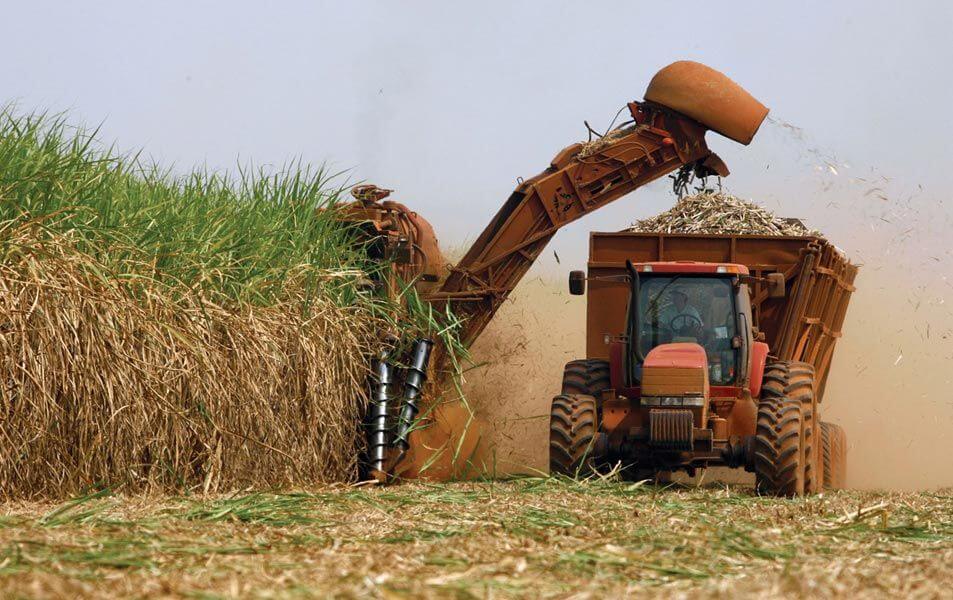Sugar production down 4pc
Zimbabwe’s raw sugar production for the half year to September 30, 2023, fell by 4 percent to 281 231 tonnes compared to 293 050 tonnes achieved in the same period last year.
The national output was weighed down by the largest producer, Hippo Valley Estates, which had a 7 percent slowdown in production due to the reduced volume of cane crushed and decreased mill time efficiencies, with “lost time available” (a measure of plant reliability) increasing to 14,7 percent following low cane throughput in the early weeks of the milling season.
The period under review had its challenges, which affected industry performance.
According to Hippo Valley chief executive officer Aiden Mhere, the suspension of duties on basic commodities, including sugar, for twelve of the past eighteen months, has resulted in an influx of cheaper imported sugar, which has displaced locally produced sugar in the domestic market.
Employment costs also added to the strain on the industry.
“There has also been a significant increase in employment costs after the minimum wage applicable to the sugar milling industry doubled to US$280 per month,” said Mr Mhere.
Following the promulgation of Statutory Instrument 80 of 2023 on May 12, 2023, which suspended duties on sugar imports, sales into the domestic market experienced significant pressure with volumes declining by 25 241 tonnes, representing a 14 percent decline to 152 013 tonnes compared to 177 254 tonnes achieved during the same period in the prior year.
“Imported sugar enjoys unfair comparative cost advantages over locally-produced sugar such as lower minimum wages, as it is not subject to the same mandatory local fortification regulations among other factors.
“Most of the sugar originates from countries where the host government has implemented policies and or subsidies to support sugar production,” said Mr Mhere.
Despite the challenges, it was not all doom and gloom as sales into the export market improved during the period.
As international sugar markets are residual markets for excess sugar, export market prices are lower than for the domestic market, despite the recent higher world sugar prices.
Consequently, export sales volumes for the industry increased by 47 percent to 51 744 tonnes compared to 35 265 tonnes in the prior year period, following an increase in the United States quota allocation to 18 276 tonnes from 17 751 tonnes and maiden exports to the United Kingdom of 25 000 tonnes.
However, sales into regional markets reduced by 9 046 tonnes with no sugar sold into Kenya or Namibia during the past six months.
According to Mr Mhere, the industry’s forecast sugar production for the 2023/24 season of 409 301 tonnes, from 396 682 tonnes in the prior season, is unlikely to be achieved due to initial delays in the delivery of private farmers’ cane, logistical resulting from changes to the cane supply agreements, as well as intermittent mill break downs due to non-availability of certain spares.
“Although sugar production is expected to be below the prior season production, the industry will produce adequate stocks to meet the balance of the domestic market requirements in full, as well as its export commitments,” said Mr Mhere.
herald










